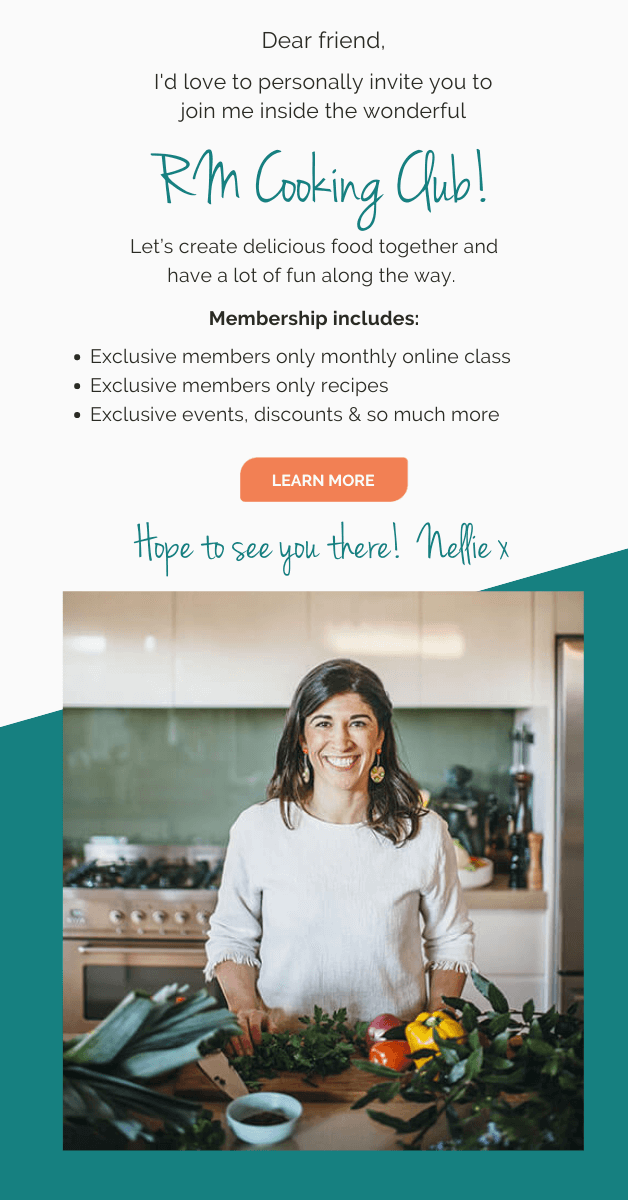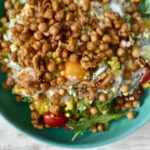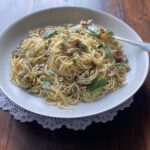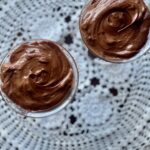A wonderful recipe for really good Focaccia
Nellie Kerrison
2 November 2024
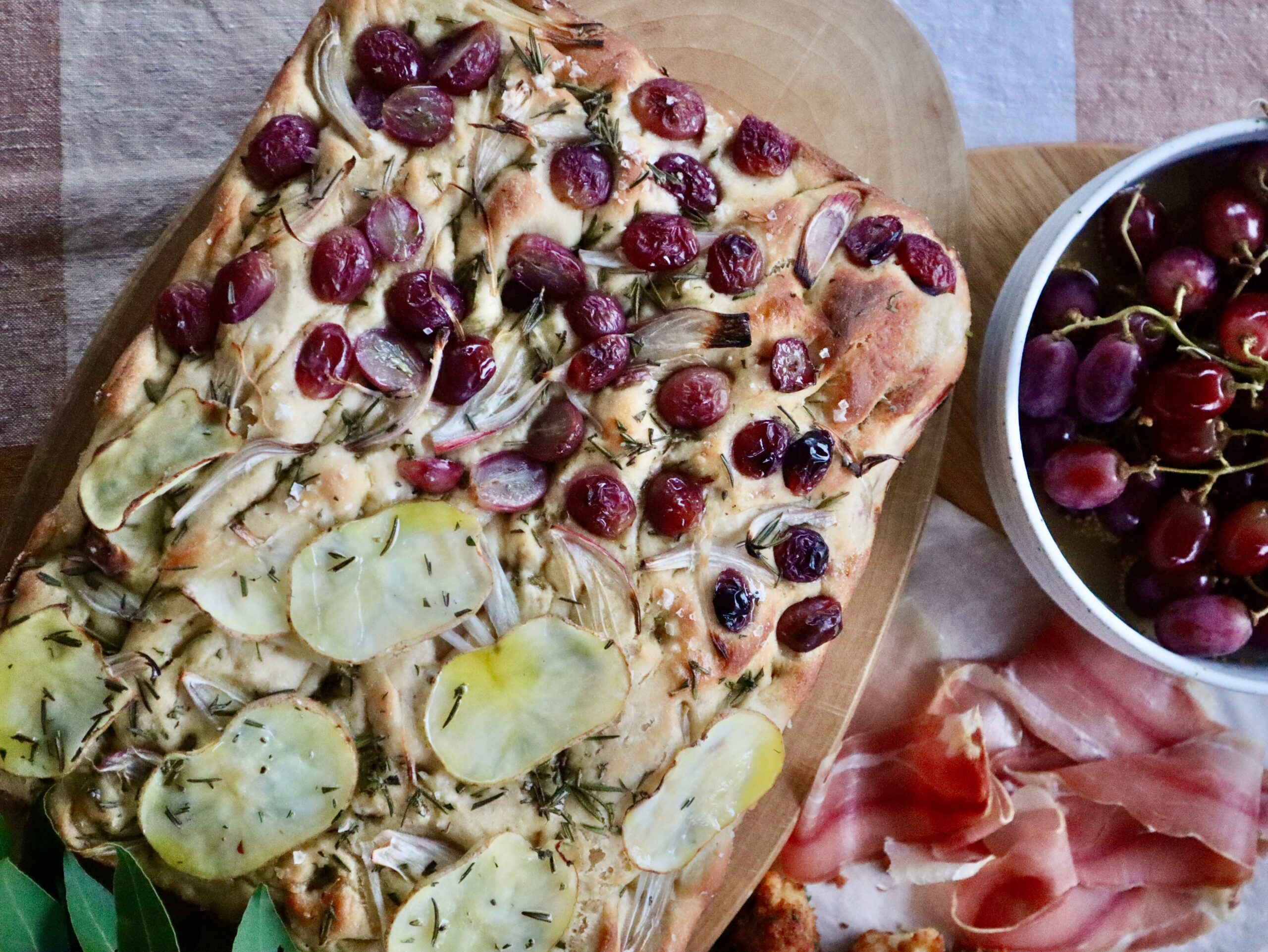
A wonderful recipe for really good Focaccia
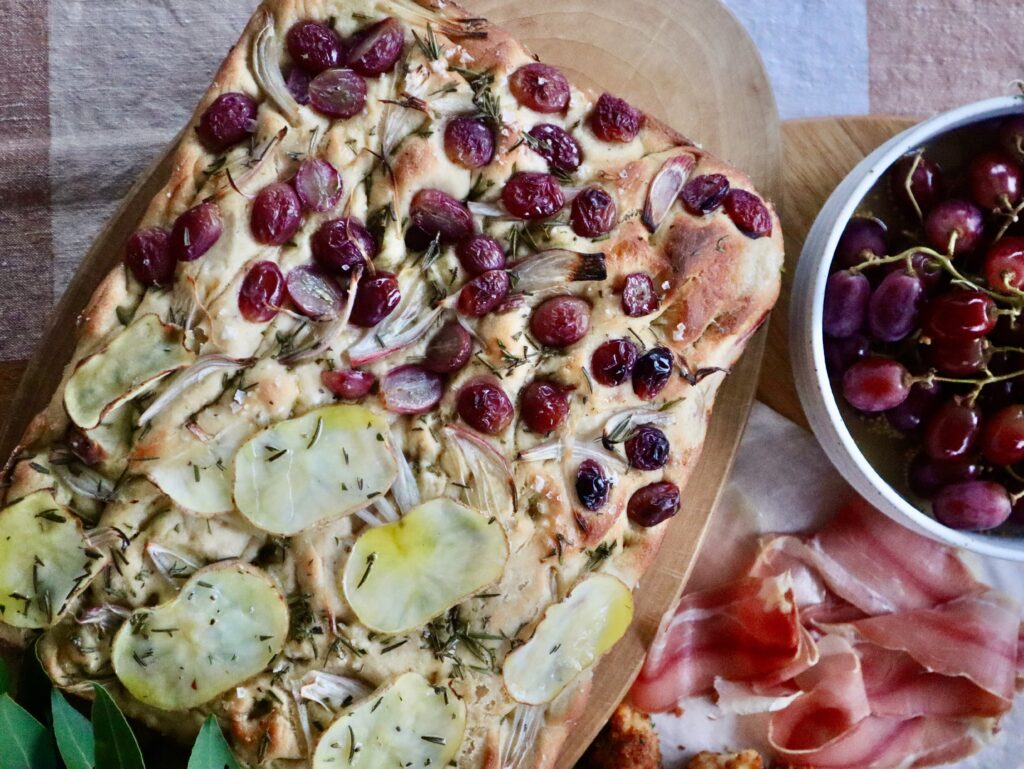
Today, I’m all in for deep-dive into the art of making focaccia. I am writing this on the weekend, and focaccia is really more of a delightful weekend adventure than a quick midweek task.
Why Focaccia?
There’s something pretty special and satisfying about bread-making, and focaccia is one of those recipes that’s both easy to love and endlessly rewarding. The process of creating those airy pockets, the gentle dimpled texture, and the perfect, crisp exterior is both fun and meditative. As any bread lover knows, focaccia is a celebration of simplicity—flour, water, salt, and time—but it’s also an art of balance.
I recently taught the joys of Focaccia and my two favourite recipes with our Relish Mama Cooking Club. It has been one of our members’ favourite classes.
We explored two methods: the quicker version for those days when you might not have had the planning time and a long ferment option for when you can set aside the time to truly let the flavours develop. I’ll admit the long ferment (Biga method) has a special place in my heart. This method requires a bit of patience, but the result is a focaccia with a rich, nuanced taste that’s worth every moment.
I would love to share the quicker & more practical method with you. It is a wonderful recipe for really good Focaccia & you can find that recipe below to enjoy that. And if you’d love to access this fantastic past online workshop on Focaccia, being part of the Cooking Club means access to great classes like these and so much more. I’d love to welcome you inside.
Join us now, and you will qualify to receive our Annual cookbook (a whole year’s worth of wonderful cooking club recipes—coming out in December), three years’ worth of online class recordings (focaccia included 🥖), incredible recipes, Christmas cookbooks, weekly dinner inspiration, and so much more.
Click here to learn more.
Thanks for being a part of this wonderful community & happy cooking!
Love Nellie
x
Focaccia – Non ferment method (quicker option)
Makes 1 large focaccia
- Total resting periods / time = 1 hour 50 minutes
- Active involvement = approximately 25 minutes
- Baking time = approximately 25 minutes
The most crucial factor in making high-hydration flours like focaccia at home is the type of flour you choose. ‘Bread flour’ (aka ‘baker’s flour’ or ‘strong flour’) is the type of flour we need. These flours have a higher protein component and are crucial for good bread which require strong gluten chains to trap the gasses, and which give us all those lovely air bubbles in bread.
Like anything, though, there are variations in quality. The bread flour I use is Milling Co.’s organic premium white bakers’ flour, which has a protein percentage of 12.5%. You can get this online and usually have it delivered the next day via Amazon. Otherwise, look for a Bakers’ flour with at least 11.5% protein.
Once you’ve got the good flour you need, the rest is water, salt, sugar, extra virgin olive oil, and instant dried yeast, which you can find in all supermarkets.
The baking dish for this recipe should be (approximately) 45 cm x 30 cm. Your baking dish should not be exactly those dimensions, but it should be close.
You can keep the topping super simple with just good-quality sea salt, or you can add seasonal toppings such as ed grapes, sliced cherry tomatoes, thinly sliced potato, and rosemary leaves—you get the idea.
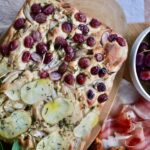
Focaccia - Non ferment method
Equipment
- 1 baking tray approx. 45 cm x 30 cm
Ingredients
- 2 x 7 g sachets of instant yeast
- 2 tablespoons of caster sugar
- 450 ml lukewarm water
- 70 ml olive oil
- 750 g 00 high protein bread flour
- 20 g sea salt
- 20 g semolina
- 70 ml extra virgin olive oil in addition to the first qty
- 2 teaspoons flaked sea salt
Optional toppings
- Rosemary sprigs
- Red grapes halved
- Cherry tomatoes
- Red onion thinly sliced
- Potato thinly sliced
Instructions
- Mix the yeast, sugar, water & olive oil in a small to medium sized bowl. Combine briefly with a fork. Set aside for ten minutes until the mixture becomes frothy.
- Place the flour, 20g sea salt in the bowl of an electric mixer. Add
- the wet yeast mixture. continue to mix for seven-eight minutes or until dough is smooth. If working by hand, the process will just take a little longer.
- Place dough in a lightly oiled bowl, cover with a clean and slightly damp tea towel (or use cling film) and set aside in a draught free place to rise until doubled in size, approximately 1 hour.
- Prepare a large baking tray (approx. 45 cm x 30 cm) with baking paper (or you can omit the baking paper). Place half of the additional 70 ml extra virgin olive oil on the tray and spread this out. Sprinkle the semolina on top.
- Knock the dough back by giving it one punch, with your fist.
- Drop the dough directly on to the baking tray.
- Add half of the remaining oil and then commence gently pushing the focaccia to the corners and sides of the baking tray. The process is to shape your hands as though you are playing the piano. Then work your fingers gently to stretch the dough. You want to create little pockets for the oil to rest in with your fingers but avoid poking holes through the dough. When the dough stops pulling back, allow it to rest for 10 minutes. Don’t worry if you haven’t yet reached the corners of the tray with your dough.
- Add your toppings (if using) and repeat the process again. Using your fingers to stretch and press the dough to the corners of the tray.
- Cover with a clean tea towel and allow it to rest in a draught free place for 30 minutes.
- Preheat the oven to 220oC.
- Bake for approximately 30 minutes or until puffy and golden.
- Allow to cool for 5-10 minutes and then remove it from the baking dish & on to a cooling rack. Warm focaccia is absolutely wonderful but if you allow the focaccia to cool to room temperature the end result & moistness of the bread will be at its best.
- TAGS:


